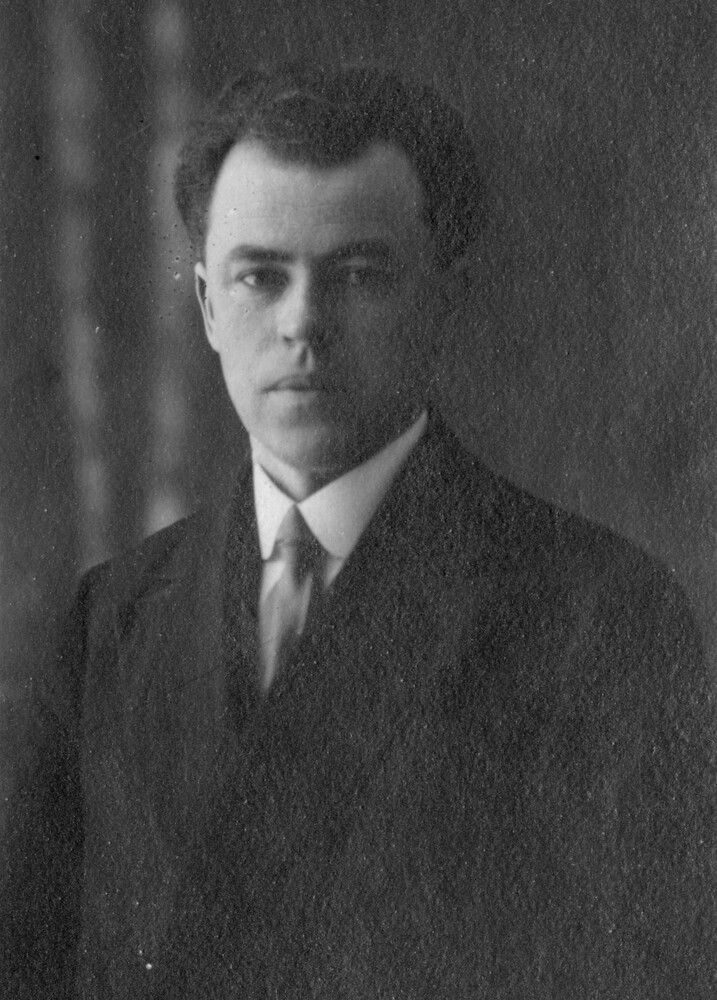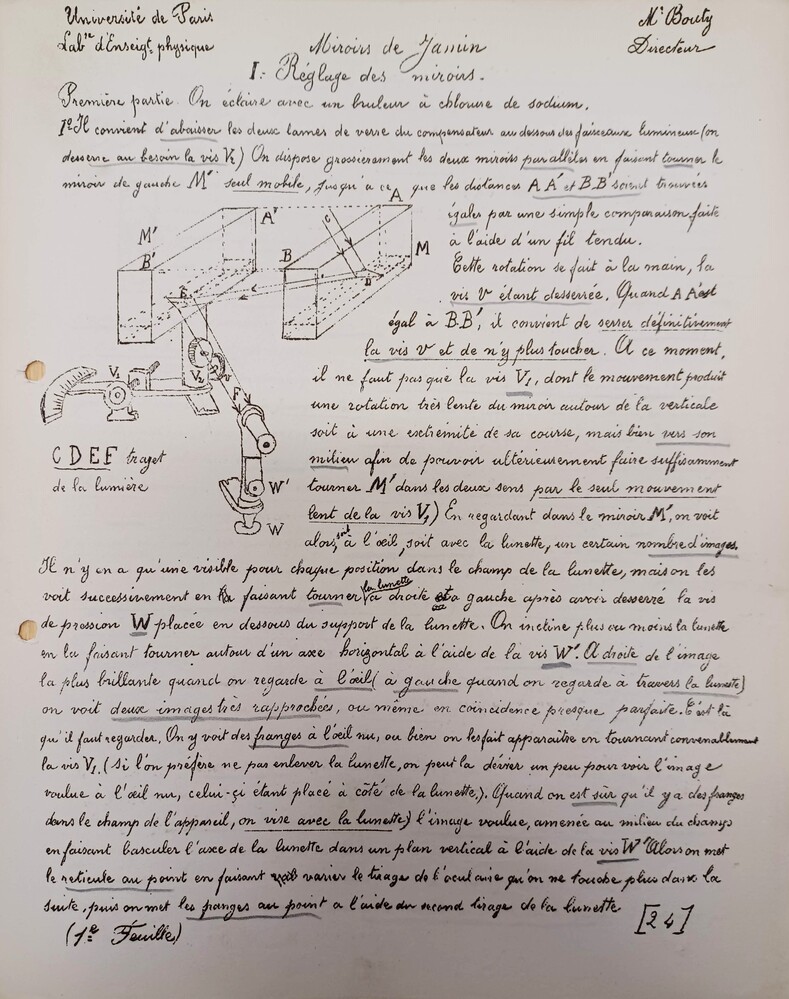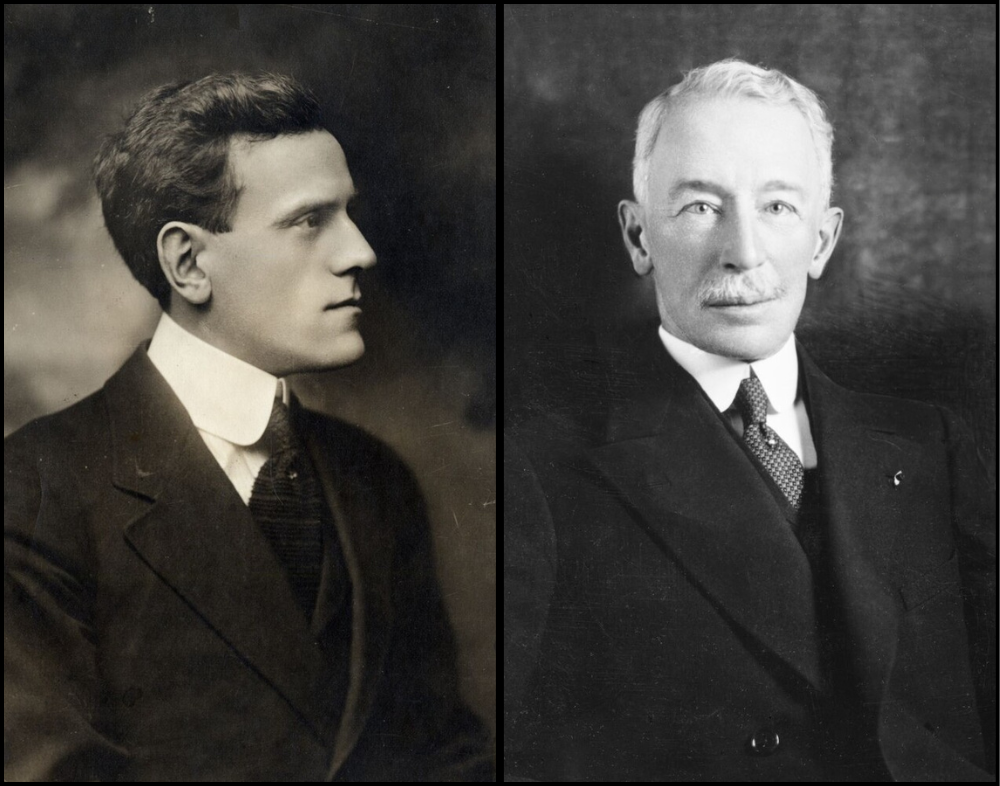Doctor Ernest Gendreau
Born in Coaticook in 1879, Ernest Gendreau received his classical education at the Seminary of Saint-Hyacinthe before entering the Jesuit Order for nearly a decade. At the start of the First World War, he was completing his science and medical education in Paris.
During his studies, he developed a marked interest for radium and radiotherapy in general, working under some of the most renowned researchers in the field, among whom was the now-famous Marie Curie. At the end of the war, Ernest Gendreau received a Medical Diploma and a Doctorate in Science. In 1919, he returned to Canada to be appointed Professor at the Université de Montréal’s Faculty of Medicine and Science, although his ultimate goal had always been to establish in Montréal a radium institute like the one he attended in Paris.
As early as 1920, he presented his idea to Athanase David, the then Provincial Secretary of Québec. Unfortunately, its estimated cost—between $400,000 and $500,000—was more than the Québec Government could afford at the time. Never the one to be deterred, in early 1922, Gendreau wrote directly to Québec’s Liberal Premier Louis-Alexandre Taschereau. The Premier’s response was amicable, asking for clarifications about radium’s uses in medicine. Gendreau used the opening to praise the efficacy of radium therapy, quoting various testimonies of doctors and researchers who shared his views to give more weight to his arguments. He also presented a signed petition by the Deans and doctors of the Université de Montréal.
Listen to the audio clip (in French) with the translated transcript : Letter from Dr. Gendreau to Prime Minister Taschereau
Gendreau’s efforts were rewarded in the summer of 1922 with funding approved by Premier Taschereau to acquire radium to the tune of $100,000. The creation of a radium institute was in line with Taschereau’s political vision, who saw it as a way of developing public health, all while ushering the province into modernity.




